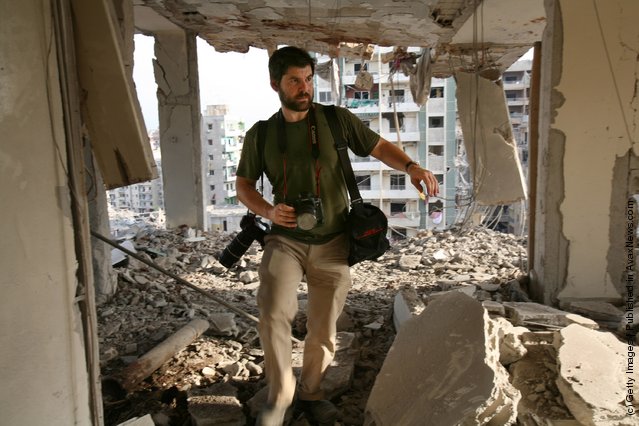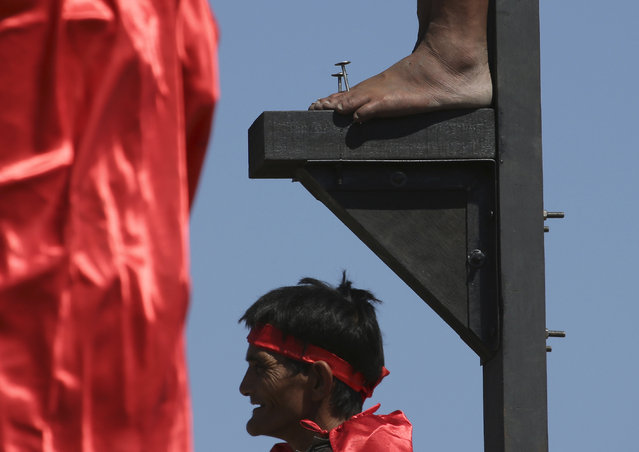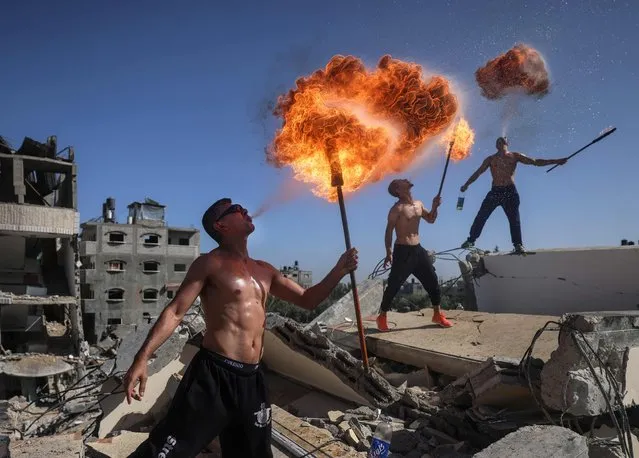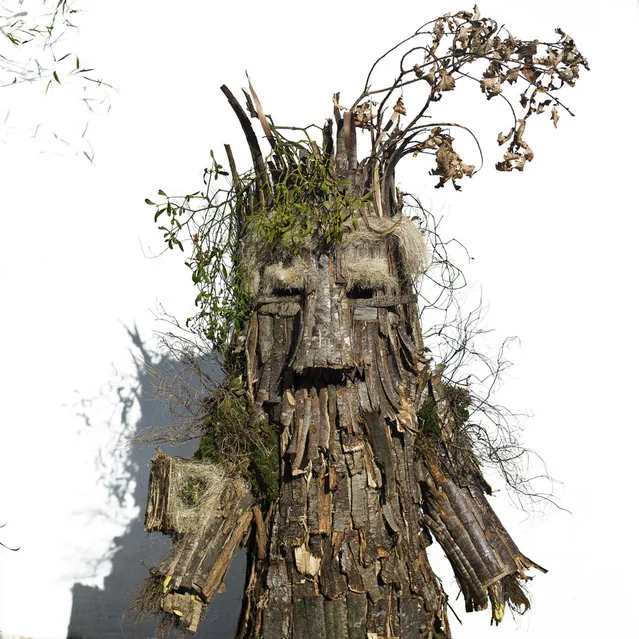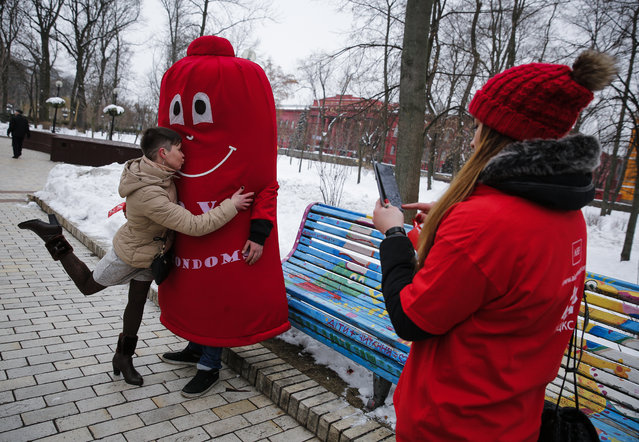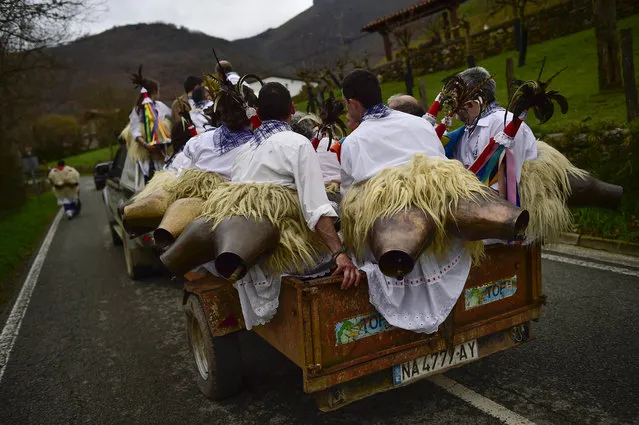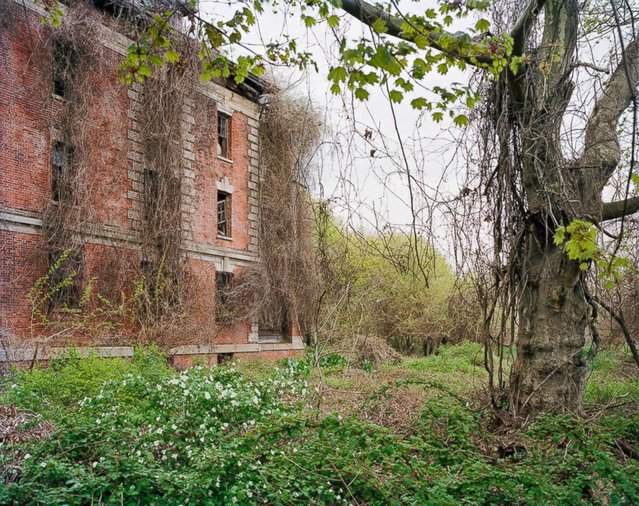
Nurse's Home, North Brother Island, New York. Photographer Christopher Payne specializes in the documentation of America’s vanishing architecture and industrial landscape. His new book, North Brother Island: The Last Unknown Place in New York City, explores an uninhabited island of ruins in the East River of New York City. (Photo by Christopher Payne)
19 May 2014 09:35:00,post received
0 comments

